Buy the jumper, scarf or hat from the Fremantle Dockers Team Store
When designing Fremantle’s 2021 Indigenous jumper, Des Headland wanted to do more than highlight his Indigenous heritage.
The back of the jumper showcases two seperate design elements, a map of Wadjemup (Rottnest Island) and a silhouette of a pre-game photo taken by former board member Les Everett in round 4, 2003, when Jeff Farmer, Troy Cook, Steven Koops, Roger Hayden, Antoni Grover, Des Headland and Dion Woods represented Fremantle in a single game.
Headland said it felt incredible to line-up alongside his fellow Indigenous teammates and set a then AFL/VFL record of seven Aboriginal and Torres Strait Islander players to play for one team in a game.
Despite the pride he felt, he added that it was important to highlight an event that had a massive impact on all Aboriginal communities around WA, and therefore impacted the ancestors of the seven players in that game.
Between 1838 and 1931, Rottnest Island was used as a prison camp for Aboriginal men, many of whom were leaders in their communities.
At least 373 Aboriginal men are buried on the island in unmarked graves. It is the largest deaths in custody site in Australia and the largest known burial ground of Aboriginal people.
Headland spoke of what it meant to him to show both the map of Rottnest and the silhouette of players on the back of the jumper.
“We have us boys standing with our arms behind our backs from when we played together in 2003, it was the most ever represented in one game of Aboriginal players. It was fantastic,” Headland said.
“With the design, we came up with the idea of showing us seven boys with our tribal connections above our heads overlooking Wadjemup.
“There is a big burial site over there with a lot of our leaders and our strong men that were taken away from communities all over WA into a prison camp. Unfortunately not many, if any, went back home to country.
“It’s a special gesture to say, we’re here, we’ve got your back, we’re thinking of you.”
Because of the burial ground, many Aboriginal people do not visit Wadjemup. It has been described as ‘warra’ (bad) and a place that causes ‘menditj’ (illness).
Headland said it was important to highlight an important aspect of West Australian history that is not commonly spoken about.
“I think the messaging is really important, hence why we did it as well. Education is key and a lot of people don’t understand the past history out at Wadjemup, and a lot of our people never go there because of it,” Headland said.
“It’s very daunting understanding what really happened, and it was a prison camp.
“Our leaders and our strong men were taken away from communities all over WA, (in order) to disrupt those communities. They were sent over to the island, to virtually build the island (and) never came back to their community again.
“There’s a lot of unmarked burial graves over there that haven’t been laid to rest. That design, I wanted to have it on the back of the jumper to say that we have their back, to say ‘you’re our leaders, we’re looking at you, keep strong’.”
The design process was also done in conjunction with Fremantle’s ‘Stretch’ RAP (Reconciliation Action Plan), which was developed in assistance with the Club’s Indigenous program partner, Woodside.


